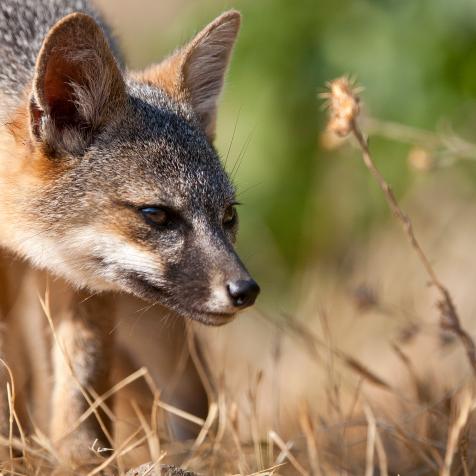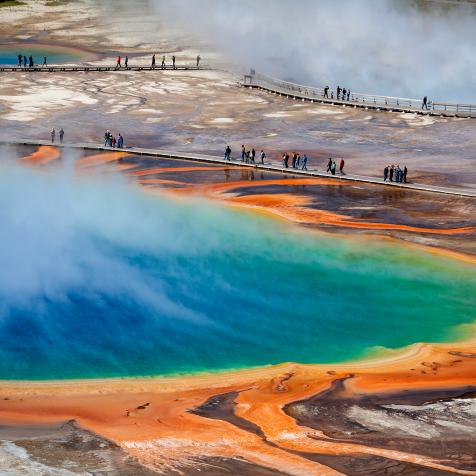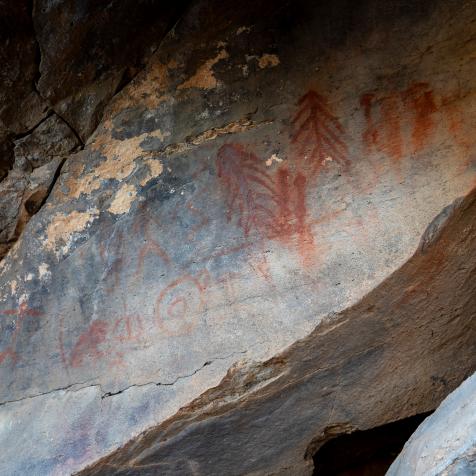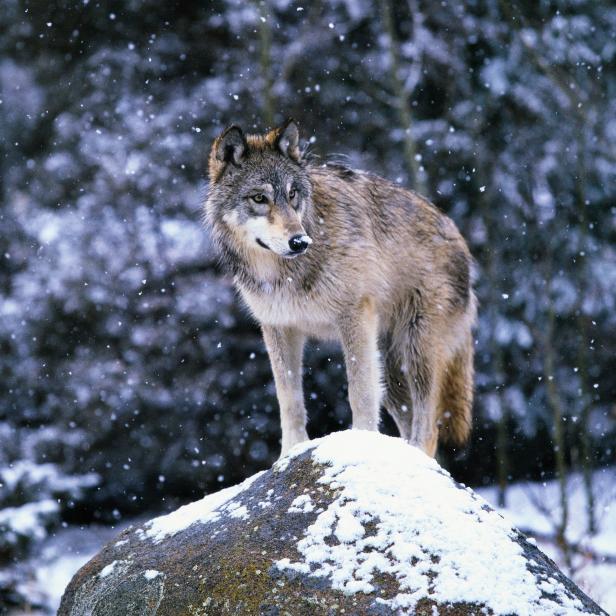
John Conrad
The American Wolf is Making a Comeback
The wolf evokes a strong reaction in most of us, whether it’s romantic images of the apex predator howling at the full moon, or anger at wolves encroaching on cattle grazing land.
It’s a controversial topic, and so it’s even more important to sort fact from fiction.
Some 2 million wolves once roamed north before an extermination program conducted by the federal government hunted them into near-extinction.
In the 1960s, wolves gained protected status, but they had already disappeared from everywhere in the US except Michigan’s Isle Royale National Park, and part of Minnesota. During the 1980s, wolves began to reestablish breeding packs in northwest Montana, with around 50 found in the state in 1994. Within the next two years, 31 gray wolves from western Canada were relocated to Yellowstone, and a further 10 crossed into the area from Montana.
Ranchers were up in arms, fearing livestock predation and declining elk numbers.
From the time of their reintroduction until 2003, there were less depredations than expected. Wolves killed 256 sheep and 41 cattle. In 2005, wolf management was transferred over from the federal government to Idaho and Montana, and over the course of the next few years, wolves in the states were taken on and off the endangered species list, and Wyoming followed suit.

Mary Therit
American wolves can be 2.6–2.8 ft tall, and weigh up to 180 pounds.
Wolves have since spread further afield, with populations in Washington, Alaska, Wisconsin, and northeast Oregon, alongside gray Mexican wolves in Arizona and New Mexico.
The ecosystem in Yellowstone is showing signs of recovery: willow is rebounding, aspen is flourishing–-both due to wolves keeping elk herd populations in check-–and beavers, eagles, foxes, and badgers returned.
“Those are just the things we have the time and funding to study,” said Doug Smith, the senior wildlife biologist of the Yellowstone Wolf Project, who was hired by the National Park Service (NPS) to head up the reintroduction in the 1990s. “There are probably myriad other effects just waiting to be discovered.”
Despite the success, scientists fear that Yellowstone may never return to its normal habitat.
“You put the predator back, that’s great, but conditions have changed so much in the intervening decades that putting the predator back is not enough to restore the ecosystem,” said Tom Hobbs, a Colorado State University ecology professor. “There’s not a quick fix for mistakes like exterminating apex predators.”
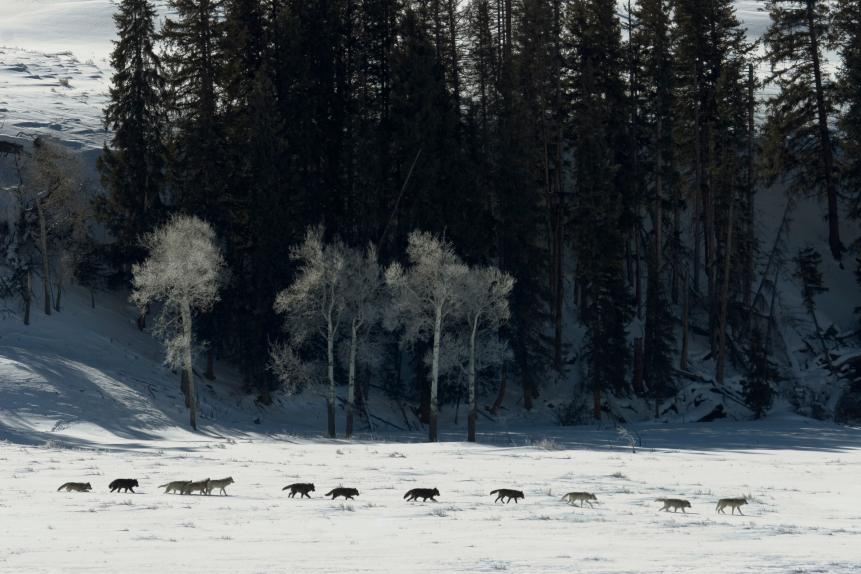
milehightraveler
A pack of grey wolves trots across Lamar Valley in Yellowstone National Park.
It’s been more than 25 years since wolves were reintroduced to Yellowstone, but the animals remain as controversial as ever.
Wolves kill 0.2% to 0.3% of available livestock, and there are compensation measures in place for any rancher that loses an animal to wolves. Late last year, the animals were federally delisted. The move drew praise from those who wanted to see the wolves managed by state and tribal governments, but equal criticism from those who believed that protection should remain until the species returned to their former population levels.
Now, with state agencies managing the species, hunting has been permitted in Montana, Idaho, and Wyoming.
The wolf’s history is complex, and with opposing views over how the species should be handled, the wolf’s future looks to be even more complicated.










